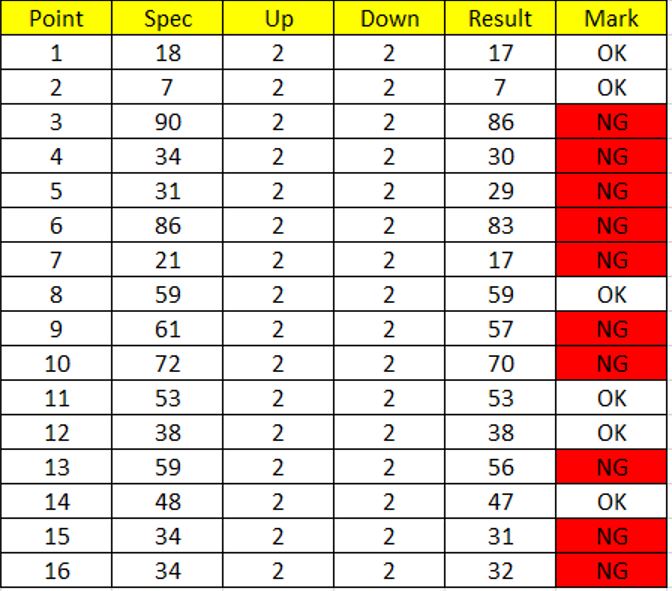
You can use the Link option to link the graphic file. (Writer supports a large number of graphics formats.) First select the graphic from your computer's file system with the Browse button. Remember that you can add custom colors by choosing Tools > Options > Colors. To apply a color, select the color and click OK. In the As section, choose whether the background is a color or a graphic. Table Format dialog: inserting a graphic table background If you choose Table, changes will set the background for the entire table, regardless of the cursor position or selected cells. If you choose Row, changes affect the entire row where the cursor resides. Even when selecting a group of cells, the background settings are applied to each cell individually. If you choose Cell, changes apply only to the selected cells, or the cell where the cursor currently resides. In the For section, chose whether to apply the settings to cell, row, or table. In the Table Format dialog box, select the Background tab. Right-click and select Table from the pop-up menu, or select Table > Table Properties from the main menu. If you want to apply a background to a group of cells, select the group. Place the cursor anywhere inside the cell, row or table you want to work with. To set the background for a cell, row, or table: The tables in this guide adopt this technique. The row background option is quite handy when you want to create alternate color rows or assign a different background to the heading of the table. The background selected for a cell will be in front of the row background which in turn will hide the table background. The background can be applied to the whole table, to a single cell, or to a row. You can choose between two types of background when formatting the table: solid color or graphic. On the Borders tab, select the Set No Borders icon under Line arrangement: Default (the box on the left).Ī table background can greatly improve the readability of the data, visually highlight important parts of the table (such as the heading or a specific cell), or just make the table more appealing. To reset everything if you are having problems with borders, right-click in the table and select Table or select Table > Table Properties from the menu bar. Clicking at the intersection of the lines you can modify multiple borders simultaneously (in the figure below, the right edge and horizontal cells separators are modified with a single operation.) When multiple cells are selected the user defined area allow you to select the edges of the selection as well as the cell dividers. OOo provides 5 default arrangements but you can just as easily click on the line you want to customize in the User-defined area to get exactly what you want. You can specify individually the style of the border for the outside edges of the selected cells as well as for the the cell divisions. If a group of cells is selected, the border will be applied only to those cells. Line arrangement specifies where the borders go. In addition, a shadow can be set for the whole table.īorders have three components: where they go, what they look like, and how much space is left around them. Here you can set borders for a whole table or groups of cells within a table. the Table Format dialog box, select the Borders tab (Figure 6). MsgBox "Select the range to be processed." The following example could be assigned to a shortcut key or added to the Quick Access Toolbar so you can use it quickly: If you find yourself needing to make the same color changes over and over (for instance, always changing from red to blue), then you may be interested in using a macro to do the changes. Use the controls in the dialog box to specify the background color you used when changing the cells. Excel displays the Replace Format dialog box. Click the Format button at the right side of the Replace With box. Use the controls in the dialog box to specify the background color you want to replace. The Fill tab of the Find Format dialog box. Excel displays the Find Format dialog box. Click the Format button at the right side of the Find What box. 

The Replace tab of the Find and Replace dialog box.
Expand the dialog box by clicking the Options button. Press Ctrl+H to display the Replace tab of the Find and Replace dialog box. What you need to do is use a simple tool, such as the Find and Replace tool, to make the color changes. It's fairly obvious that you can change the background colors of any cells manually, so there is no need to go into that option for making the changes. Jozef wonders if there is an easy way to do this. For example, he would like to find all red background cells and change them to blue or find all yellow backgrounds and change them to blue. 
Jozef is looking for a way to change background colors of specific cells in the worksheet he created.










